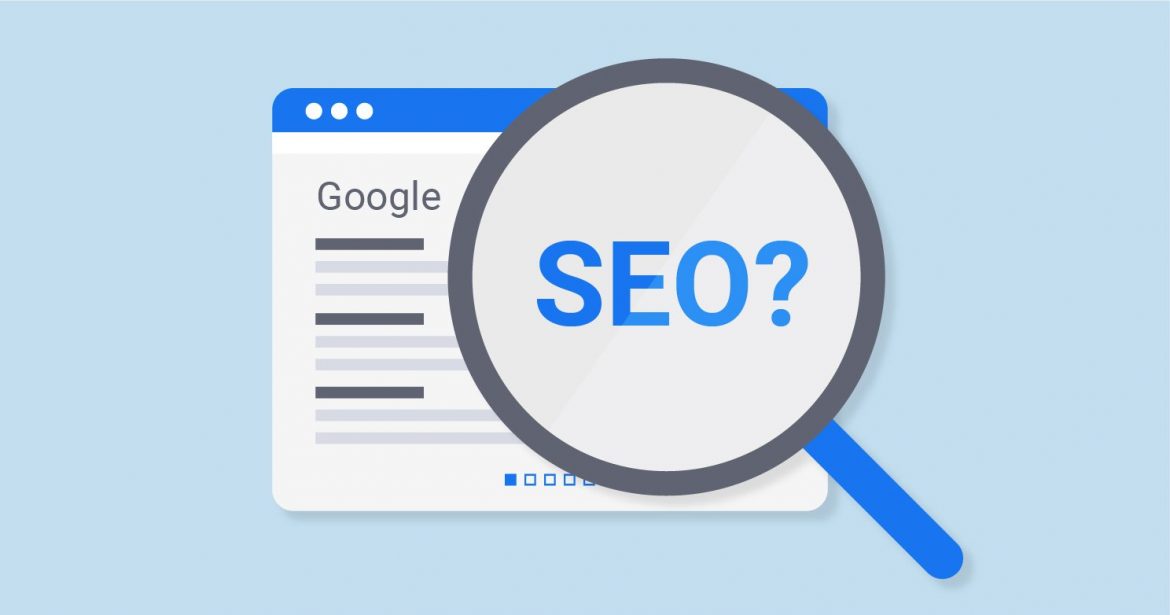What is SEO ? Search engine optimization is the process of analyzing and optimizing a website from a structural and content point of view.
It aims to improve the indexing and position of the site within the SERP, the search engine results page.
What is SEO for?
As written above, SEO works to improve the indexing and ranking of a site . Let’s clarify immediately: many times the words indexing and positioning are used indifferently, even among professionals. This is wrong.
Indexing a website – that is, making it appear in search engine results – is a fairly simple activity. Improving its positioning – that is, making the website reach the first page or in the first search results for the keywords that interest us – is instead a very long and complex activity.
How does a search engine, such as Google, decide which websites “deserve” to be on the front page?
Search engines like Google use crawling programs called spiders that analyze every single page of a website.
SEO’s job is to “please” spiders with the content they find and help them crawl.
Let’s remember that search engines serve to satisfy the needs of real users in flesh and blood. Because of this, there is no difference between what the end user likes and what Google, Yahoo, or Bing like.
SEO works on improving the site’s appeal to the search engine and at the same time improving the site’s appeal to users.
SEO analysis point by point
Here are the main points to address:
- Eliminate scan errors
- Improve web page loading speed
- Creare Sitemap e Robots.txt
- Use the HTTPS protocol
- Speaking URL generation
- Optimization of Metadata and textual content
- Image optimization
- Internal Link and Backlink Analysis
Eliminate scan errors
SEO activity essential for both indexing and positioning of the site. Here we see some actions that can be taken to eliminate errors and improve the quality of the crawling by the spiders:
Correct or delete links that lead from the website to pages that no longer exist on other sites
If the contents of a page have been permanently deleted the url must return an error code: 404 (temporary removal) or 410 (permanent removal)
Redirect backlinks that lead to a page no longer present on the site to a similar page by means of the 301 redirect (permanent redirection)
Prevent two different versions of the same url of a page from being scanned (for example with and without / final) by redirecting to the page you want to index via 301 redirect as seen above or by using the rel = “canonical” tag
For multilingual sites: use the “hreflang” tag, thus preventing the search engine from believing that two or more identical versions of the same website exist
Improve web page loading speed
The speed of a site is one of the main ranking factors (i.e. it directly affects its ranking) so it is very important!
Reducing server response times, compressing resources on pages and taking advantage of browser caching are all best practices that help the site gain speed and therefore attractiveness for users and search engines.
If you are looking to improve your SEO strategy, contact this digital agency at the following address: digitalequestrians.ch


